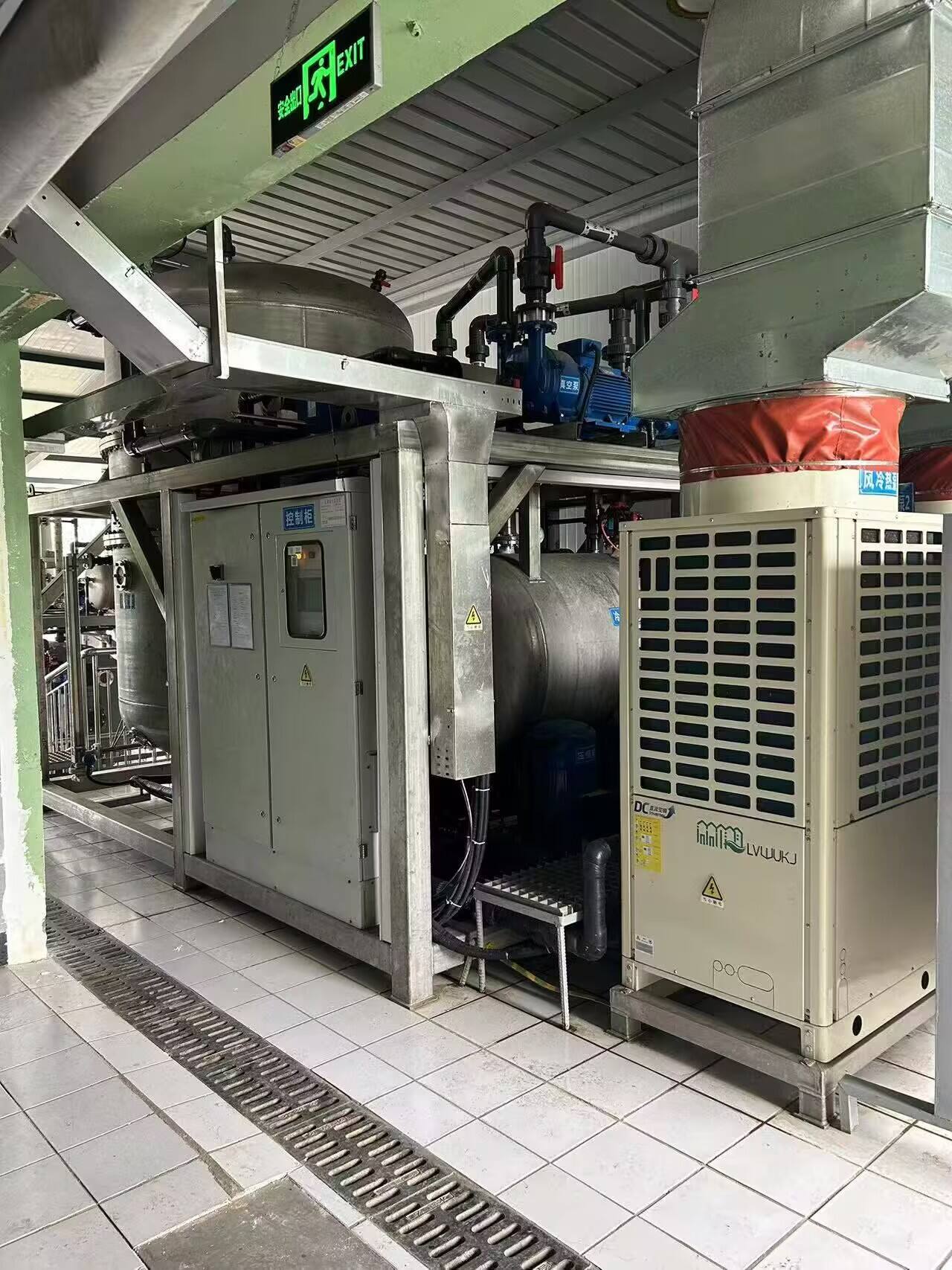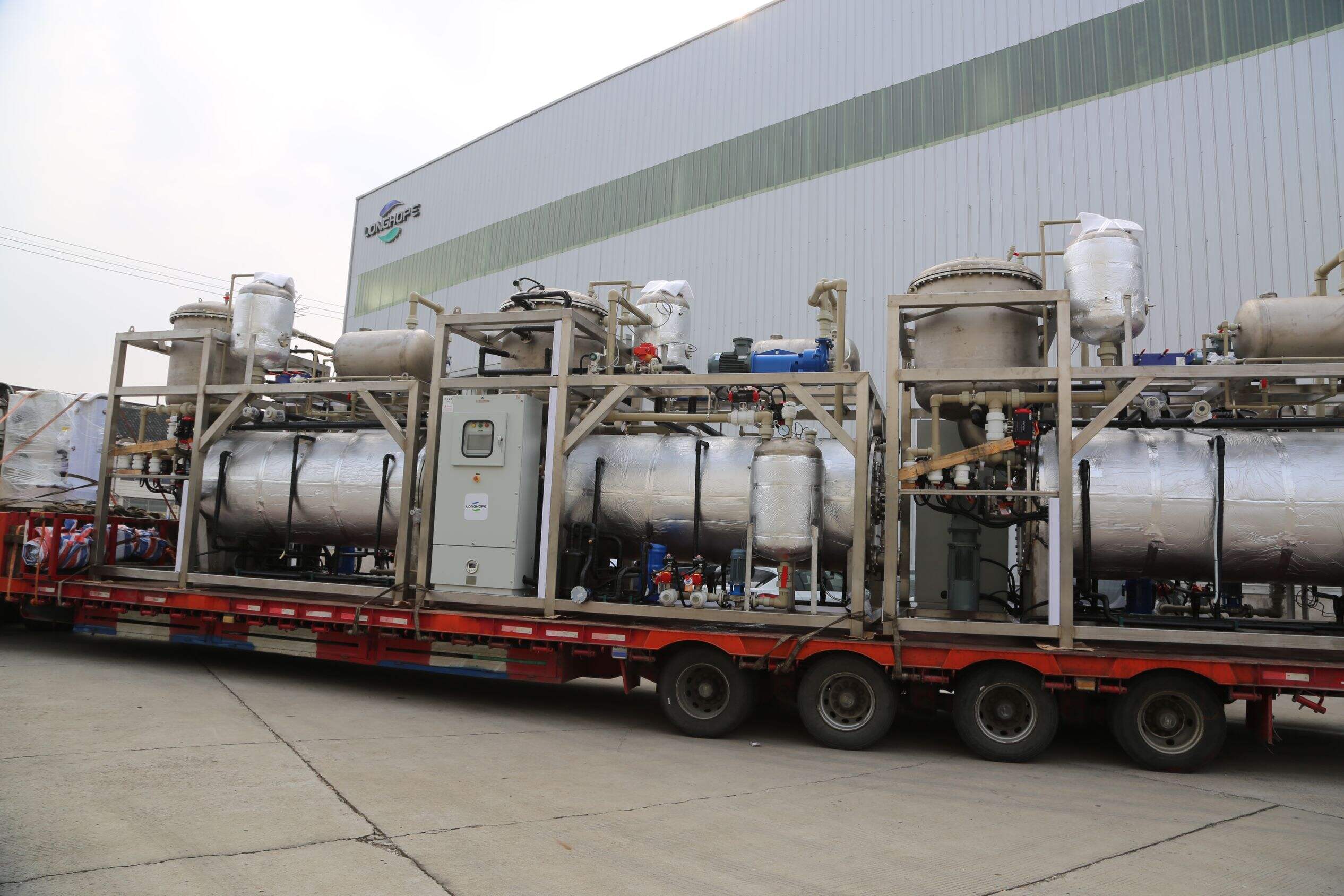commercial sewage treatment plant
A commercial sewage treatment plant is a sophisticated infrastructure system designed to process and purify wastewater from business establishments, industrial facilities, and commercial properties. These advanced facilities utilize a combination of physical, biological, and chemical processes to transform contaminated water into environmentally safe effluent. The treatment process typically begins with preliminary screening to remove large debris, followed by primary settlement tanks where solid waste settles at the bottom. The secondary treatment phase employs biological processes where beneficial bacteria break down organic matter. Advanced systems may include tertiary treatment steps such as UV disinfection, membrane filtration, or chemical treatment for superior water quality. Modern commercial sewage treatment plants are equipped with automated monitoring systems, energy-efficient components, and smart control panels that ensure optimal performance while minimizing operational costs. These plants are scalable to accommodate varying wastewater volumes, making them suitable for different commercial applications, from shopping centers to industrial parks. They comply with stringent environmental regulations and often incorporate sustainable technologies for reduced environmental impact.


